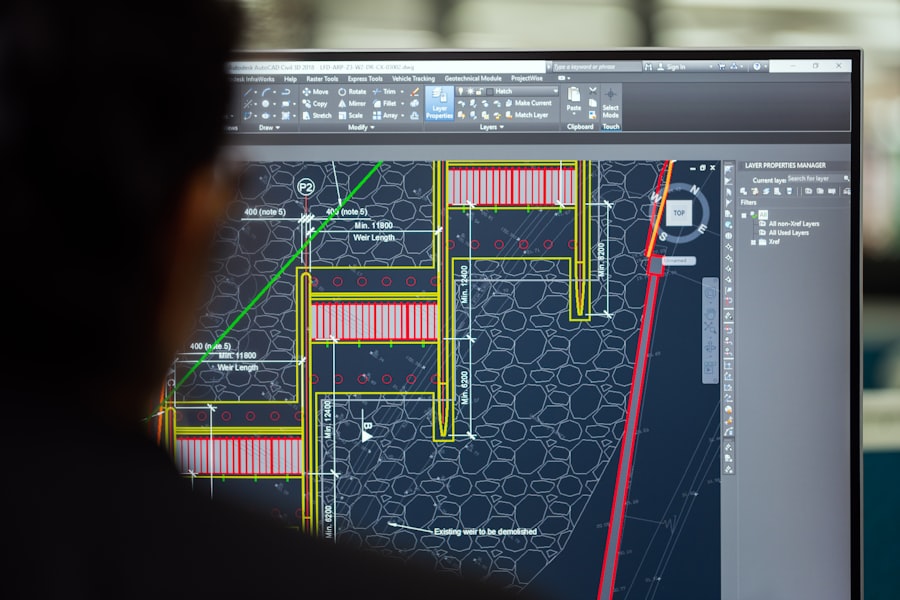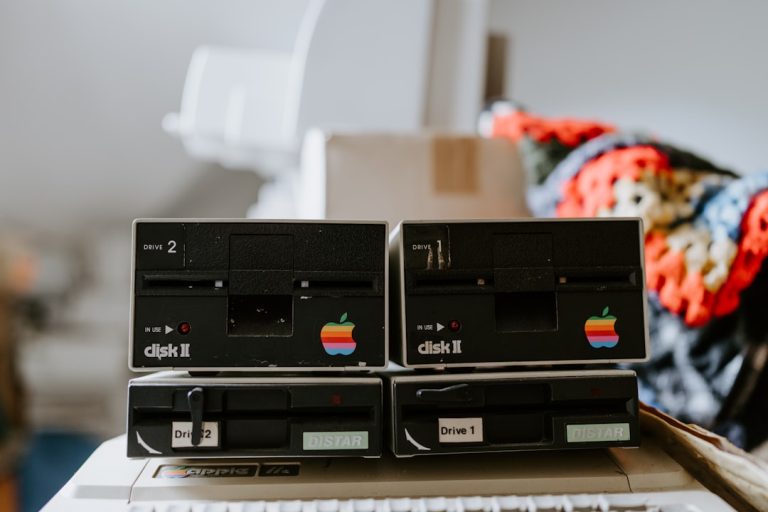
To create compelling video content, it is essential to have a deep understanding of your audience. Knowing who your viewers are, what they like, and what they need can significantly influence the success of your videos. Start by identifying the demographics of your target audience, including age, gender, location, and interests.
This information can be gathered through surveys, social media analytics, or by studying the performance of your previous content. For instance, if your audience primarily consists of young adults interested in technology, you might focus on creating content that highlights the latest gadgets or software trends. Beyond demographics, it is crucial to understand the psychographics of your audience.
This includes their values, beliefs, and lifestyle choices. Engaging with your audience through comments or social media can provide insights into their preferences and pain points. For example, if you notice that viewers frequently ask questions about a specific topic, it may indicate a demand for more in-depth content in that area.
By tailoring your videos to address these interests and concerns, you can foster a stronger connection with your audience and encourage them to return for more.
Key Takeaways
- Understanding your audience is crucial for creating content that resonates with them and keeps them engaged.
- Planning your content ahead of time helps ensure that your videos are well-structured and deliver value to your audience.
- Choosing the right equipment, such as a good quality camera and microphone, is essential for producing high-quality videos.
- Implementing filming techniques and tips, such as proper lighting and framing, can greatly enhance the visual appeal of your videos.
- Editing and post-production play a key role in refining your videos and making them more engaging for your audience.
Planning Your Content
Brainstorming Topics that Resonate with Your Audience
Begin by brainstorming topics that resonate with your audience’s interests and align with your expertise. This will help you create content that is relevant and valuable to your viewers.
Creating a Content Calendar and Selecting a Format
Creating a content calendar can be an effective way to schedule your video releases and maintain a steady flow of content. In addition to topic selection, consider the format of your videos. Will they be tutorials, vlogs, interviews, or product reviews? Each format has its own strengths and can appeal to different segments of your audience.
Considering the Narrative Structure of Your Videos
Furthermore, think about the narrative structure of your videos. A compelling story arc can captivate viewers and keep them engaged from start to finish.
Choosing the Right Equipment

The quality of your video production can significantly impact viewer engagement and retention. While it is possible to create videos using just a smartphone, investing in the right equipment can elevate your content to a professional level. Start with a good camera that suits your needs; DSLRs and mirrorless cameras are popular choices among content creators for their versatility and image quality.
However, if you’re just starting out or working with a limited budget, high-quality smartphones can also produce impressive results. In addition to the camera, consider other essential equipment such as tripods for stability, microphones for clear audio, and lighting kits to enhance visual quality. Poor audio quality can detract from even the most visually stunning videos, so investing in an external microphone can make a significant difference.
Lighting is equally important; natural light can work wonders, but having softbox lights or ring lights can help you achieve consistent results regardless of the time of day. By carefully selecting your equipment based on your content type and budget, you can create videos that not only look good but also sound great.
Filming Techniques and Tips
| Technique | Description |
|---|---|
| Rule of Thirds | A technique to compose the shot by dividing the frame into nine equal sections using two horizontal and two vertical lines, and placing the subject at the intersection points. |
| Depth of Field | The distance between the nearest and farthest objects in a scene that appear acceptably sharp in an image. |
| Lighting | The use of natural or artificial light to enhance the visual appeal of the scene and create the desired mood. |
| Camera Movement | The use of techniques such as panning, tilting, tracking, and zooming to add dynamism and visual interest to the shot. |
| Composition | The arrangement of visual elements within the frame to create a balanced and aesthetically pleasing image. |
When it comes to filming your videos, employing effective techniques can greatly enhance the overall quality of your content. One fundamental aspect is framing; ensure that your subject is well-positioned within the shot. The rule of thirds is a popular guideline that suggests dividing the frame into nine equal parts and placing key elements along these lines or at their intersections.
This technique can create a more visually appealing composition and draw viewers’ attention to important aspects of the scene. Another critical element is camera movement. Static shots can be effective for certain types of content, but incorporating movement can add dynamism to your videos.
Techniques such as panning, tilting, or using a gimbal for smooth tracking shots can create a more engaging viewing experience. Additionally, consider varying your shot types; mixing wide shots with close-ups can help maintain viewer interest and emphasize key points in your narrative. Lastly, don’t forget about B-roll footage—supplementary clips that provide context or visual interest—can enrich your storytelling and keep viewers engaged.
Editing and Post-Production
Editing is where the magic happens; it transforms raw footage into a polished final product that resonates with viewers. Familiarizing yourself with editing software is crucial for this stage of video production. Programs like Adobe Premiere Pro, Final Cut Pro, or even user-friendly options like iMovie offer various tools to enhance your videos.
Start by organizing your footage into bins or folders based on scenes or topics to streamline the editing process. During editing, focus on pacing and rhythm; the flow of your video should keep viewers engaged without dragging on unnecessarily. Cut out any superfluous content that doesn’t contribute to the overall message or narrative.
Adding transitions between clips can help maintain continuity but use them sparingly to avoid distracting from the main content. Additionally, incorporating music and sound effects can elevate the emotional impact of your video; however, ensure that you have the proper licenses for any audio you use to avoid copyright issues.
Creating Engaging Thumbnails and Titles

Creating an Irresistible First Impression
A well-designed thumbnail and title of your video are crucial in grabbing the interest of viewers. A visually appealing thumbnail can significantly boost click-through rates. To create an eye-catching thumbnail, use bold colors, clear images, and readable text that stands out in crowded feeds.
Designing a Professional-Looking Thumbnail
You don’t need to be a graphic designer to create a professional-looking thumbnail. Tools like Canva or Adobe Spark provide templates that can help you design a thumbnail that accurately represents your video. Crafting an Engaging Title for Your Video A good title should be descriptive, yet intriguing enough to click on it. Incorporating keywords relevant to your content can also improve searchability on platforms like YouTube.
Utilizing SEO and Keywords
Search Engine Optimization (SEO) plays a vital role in ensuring that your videos reach a wider audience. By optimizing your video for search engines, you increase its visibility on platforms like YouTube and Google.
Tools like Google Trends or keyword planners can help you find popular keywords within your niche. Once you have identified relevant keywords, incorporate them into various elements of your video upload process. This includes the title, description, and tags associated with your video.
A well-crafted description not only provides context for viewers but also serves as an opportunity to include additional keywords naturally. Additionally, consider creating playlists around specific themes or topics; this not only organizes your content but also encourages viewers to watch multiple videos in one sitting.
Promoting and Sharing Your Video
After creating and optimizing your video, the next step is promotion. Simply uploading a video does not guarantee views; actively sharing it across various platforms is essential for reaching a broader audience. Utilize social media channels such as Facebook, Instagram, Twitter, and TikTok to promote your content.
Tailor your promotional strategy for each platform; for instance, short clips or teasers may work well on Instagram Stories while longer posts may be more suitable for Facebook.
Participate in forums or groups where potential viewers gather and share insights or tips related to your content without overtly promoting yourself.
Collaborating with other creators in similar niches can also expand your reach; guest appearances or shout-outs can introduce you to new audiences who may be interested in subscribing to your channel. By employing a multifaceted approach to promotion, you can significantly increase the visibility of your videos and grow your audience over time.
If you are interested in learning more about video content creation, you should check out the article “Hello World” on sersea.media. This article provides valuable insights and tips on how to create engaging and effective video content for your audience. Whether you are a beginner or an experienced content creator, this article is sure to provide you with useful information to enhance your video creation skills.
FAQs
What is video content creation?
Video content creation is the process of planning, producing, and editing videos for the purpose of sharing information, entertainment, or marketing messages. It involves scripting, filming, and editing to create engaging and compelling video content.
Why is video content creation important?
Video content creation is important because it allows businesses and individuals to connect with their audience in a more engaging and interactive way. Videos can convey information more effectively than text or images and can help to build brand awareness and drive engagement.
What are the key steps in video content creation?
The key steps in video content creation include planning and scripting, filming, editing, and publishing. Planning involves identifying the target audience, setting goals, and developing a creative concept. Filming involves capturing the video footage, while editing involves refining the content and adding any necessary effects or graphics.
What are the different types of video content?
There are various types of video content, including explainer videos, product demonstrations, tutorials, vlogs, interviews, testimonials, and promotional videos. Each type of video content serves a different purpose and is tailored to specific audience needs.
What are the best practices for video content creation?
Best practices for video content creation include understanding the target audience, keeping videos concise and engaging, using high-quality equipment and editing software, optimizing videos for search engines, and promoting videos across various platforms. It’s also important to track and analyze video performance to make improvements for future content.


